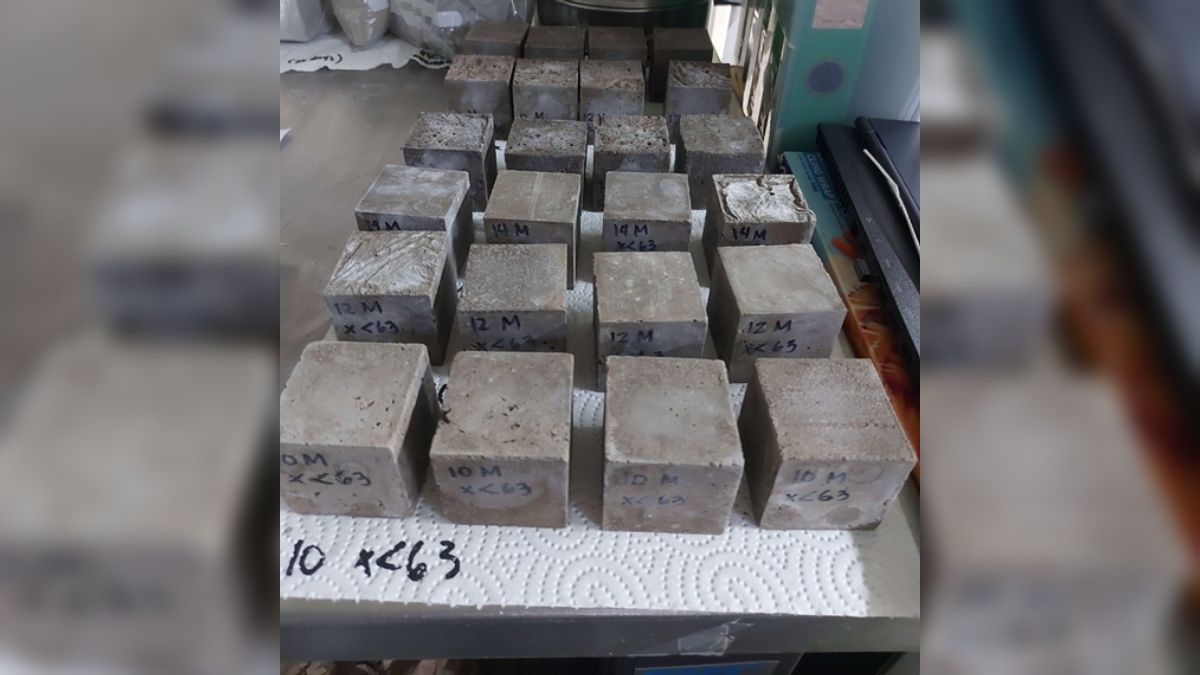Filipino researchers have discovered a promising new use for volcanic ash from the 2020 Taal Volcano eruption—radiation shielding. A team from Ateneo de Manila University and National University-Mall of Asia Campus found that construction materials made from Taal volcanic ash (TVA) can effectively block harmful radiation, offering a sustainable alternative to traditional shielding materials like lead and concrete.
Radiation shielding is crucial in hospitals, industrial sites, and nuclear facilities, where ionizing radiation is used for medical treatments, structural inspections, and food sterilization. While conventional shielding materials are effective, they can be costly and environmentally hazardous. The researchers explored TVA-based geopolymer mortar and found that its natural iron-rich composition significantly enhances its ability to absorb radiation.
“Iron has greater interaction power because it contains more electrons,” explained researcher Floyd Rey P. Plando. “It is also a dense metal, and its heavy, tightly packed structure makes it more efficient at blocking hazardous X-rays and gamma rays.”
Co-researcher Joel T. Maquiling added that the blend of volcanic ash and aggregates helps in photon attenuation due to the material’s microstructural disorder, further improving its shielding capability.
Since the Philippines sits in a seismically active region with frequent volcanic activity, this discovery presents an opportunity to repurpose disaster byproducts into useful materials. While additional studies are needed to enhance the durability and performance of TVA-based shielding, the findings highlight how natural calamities can lead to groundbreaking, life-saving innovations.





